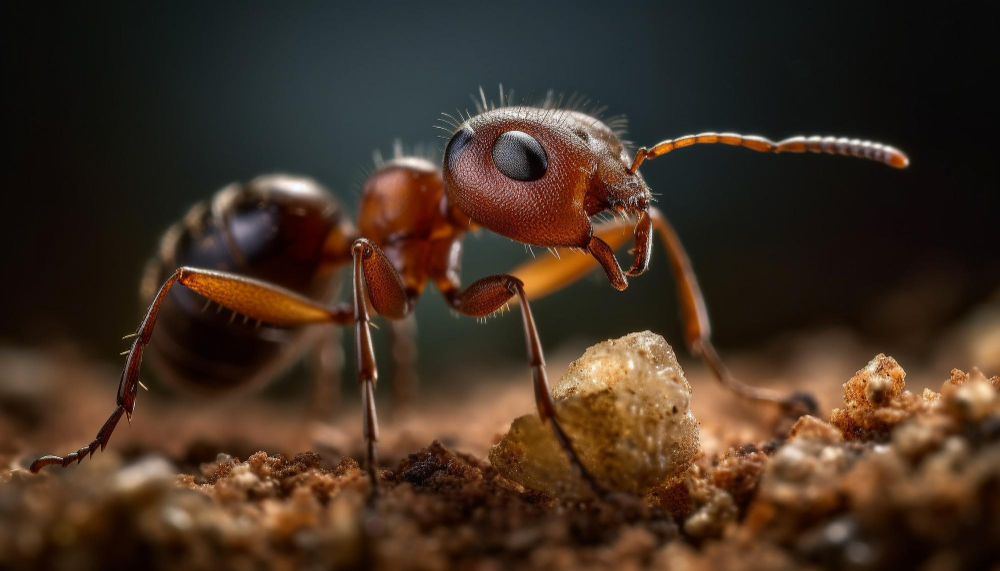Globalization has connected the world in many ways, but it also has its downsides. One of them is the rapid spread of invasive species that threaten ecosystems worldwide. Spain is at the forefront of a particularly concerning development: The Little Fire Ant (Wasmannia auropunctata), also known as the Ginger Ant, is spreading at an alarming rate. Three studies in 2025 already confirm that Spain is among the most affected countries.
An Invisible Threat on the Rise: From Malaga to the Canaries
The presence of the Little Fire Ant in Spain is no longer a rarity. The first records date back to 2018 in Malaga. Since then, it has spread throughout the region and is now found in Calahonda, Estepona, Benalmádena, and Marbella. It was also identified in the province of Alicante, specifically in La Marina, in September 2024. Experts, however, assume that it was already established there before 2019. The ant prefers hot and dry areas, making the Mediterranean region and the Canary Islands ideal habitats. Its high adaptability and enormous reproductive capacity are key factors in its rapid expansion.
Origin and Spread: A Global Problem
Originally native to the tropical regions of South America—particularly Argentina, Brazil, and Uruguay—the Little Fire Ant, like its larger relative, the Red Imported Fire Ant (Solenopsis invicta), has colonized other parts of the world due to its aggressiveness, persistence, and reproductive capacity. It behaves like a predator and does not shy away from new habitats, making it a serious threat to any new ecosystem it invades.
Massive Impacts on Ecology and Economy
The ecological consequences of the Little Fire Ant are severe. It significantly alters local biodiversity by displacing or eradicating native species. Studies from Malaga already confirm such displacement. Furthermore, it can cause severe damage, such as blindness in livestock species.
Economically, the impacts are also noticeable, especially in rural areas. The ants can damage crops and affect agriculture by moving large amounts of soil.
A Sting with Serious Consequences: What to Do Upon Contact?
In terms of health, the stings of the Little Fire Ant are very painful for everyone. However, for people prone to allergies, they can be life-threatening as they can trigger anaphylaxis—a severe immune reaction. Symptoms can appear abruptly and affect various parts of the body:
- Skin reactions: Hives or welts often appear at the sting site.
- Respiratory problems: Respiratory complications or discomfort in the throat or tongue are possible.
- Digestive issues: Severe abdominal cramps, nausea, or diarrhea may occur.
- Circulatory problems: In critical cases, a drop in blood pressure can occur.
In all these cases, urgent medical intervention is required.
The European Union classifies the ant Wasmannia auropunctata as “of concern,” and Spain is the country with the most records. The International Union for Conservation of Nature (IUCN) also lists it among the 100 most harmful invasive alien species worldwide. The situation requires urgent monitoring and measures to curb its spread.




